Bread Baking for Beginners (and some recipes for pros, too!)
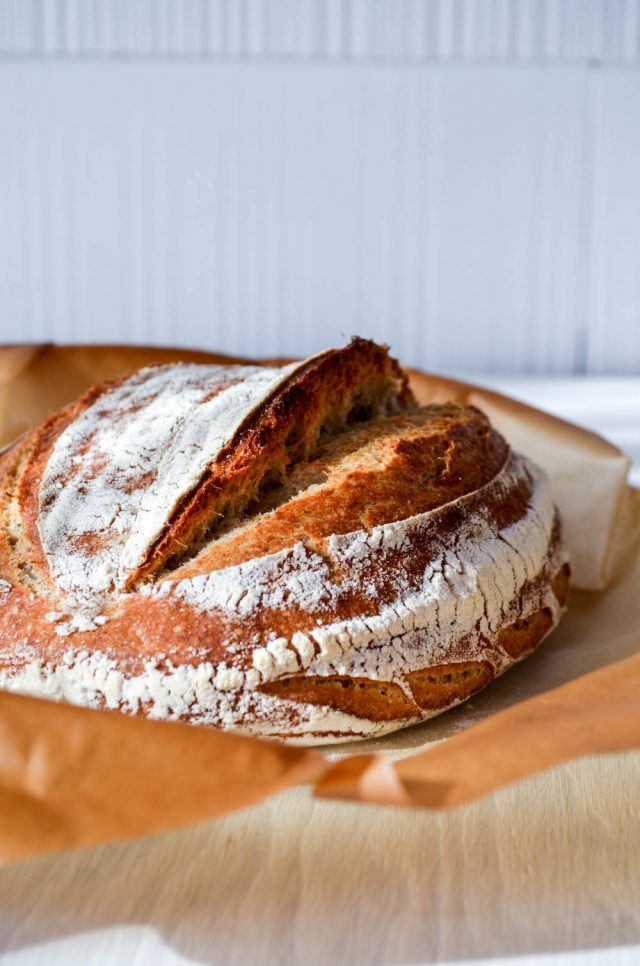
I began my bread baking journey over 10 years ago, but it’s really the last 5 years that’ve taught me the most. When I lived in Brooklyn, baking bread was most definitely a hobby since incredibly good bread was only a five minute walk away at Caputo’s Bakery. My relationship to bread baking changed significantly once I moved to upstate NY.
The nearest bakery is a 20-minute drive away, and while it’s good bread, it’s not great. I knew I could make something equally good if not better at home (and for a lot less money).
Bread baking is an exercise of sorts. It relies on instinct and that is only something you develop with practice, practice, practice. I say this not to discourage you but instead to encourage you onward even if your first few tries don’t yield perfect results. You’ll eventually learn what dough looks like when it’s doubled or tripled in volume. You’ll understand that kneading takes time, at least 10 minutes to turn a scraggly-looking lump of dough into a smooth ball. Yes, there are plenty of no-knead bread recipes out there but I much prefer kneaded doughs. There’s something meditative about it, and I love the way it makes me feel more connected to each loaf I bake.
I’ve had lots of inquiries about how to bake bread this past week, so I thought this would be a good time to share some of my favorite recipes and take a little of the mystery out of bread baking. First let’s start with what kind of bread do you want to make?
There are a few ways to leaven homemade breads. You can use yeast, sourdough starter, baking soda and even baking powder (for flatbreads, tortillas and biscuits). Once you’ve determined what kind of bread you want to bake then you can make some decisions from there.
You’ve probably noticed yeast is out of stock at the grocery stores at the moment. I had a feeling this would happen when I saw it sold out in Berlin about two weeks ago, and thankfully picked up an extra jar. If you weren’t as lucky, then start with a baking soda based bread or flatbreads while you wait for yeast to come back in stock or get a sourdough starter going which will be ready to bake bread in 5 to 7 days.
My starter was gifted to me so I’ve never actually made one from scratch. My friend Amelia began a fresh one on Instagram last week and is chronicling it on her feed. Click here to watch, learn and get started.
Knowing when bread is properly proofed can be tricky. I’ve seen so many photos on Instagram of loaves over-proofed. Why is that a problem? An over-proofed loaf can still be baked and is certainly edible (even quite good), but they will always fall flat once they get blasted with heat from the oven.
Let’s take a step back to understand what proofing does in recipes that use yeast or sourdough starter. The resting time allows yeast to ferment which in turn affects the cell structure of the dough. Very simply put, fermentation creates gases that expand the cells which explains why dough increases in volume. There’s only so much gas the cells can handle, though, before they break back down and collapse. Getting your dough at the precise moment when it still has some energy left to continue rising in the oven is key.
How do you know when it’s properly proofed? A sure sign of over-proofed dough is a flat surface with lots of air bubbles. Those bubbles signal the gases are deflating. A properly proofed dough should be domed and bounce back into shape when very gently tapped.
Don’t ditch over-proofed dough! You just need to give it a quick knead again to work the glutens, and it’ll bounce back, even quicker with a second rise, too. Same goes for shaped loaves that over-proof. Don’t toss the dough (but also don’t bake it if you want proper results). Quickly knead the dough again, reshape, let rise, and then bake.
Feel free to post any bread baking questions you have here, or tag me on Instagram with photos and I’m happy to help with your bread baking adventures.
Once your sourdough starter is ready, you can make any one of these recipes below.
If you want to get baking sooner, try these recipes which use baking soda or baking powder.
And lastly, but certainly not least, here’s a collection of yeast-based recipes to try.
Note: it’s always a good idea to test your yeast to ensure it’s still good. Add 1 packet (7 grams or 2 1/4 teaspoons) to a small bowl with 1/4 cup warm water (about 105ºF) and a pinch of sugar. Let it sit 5 to 10 minutes. If it balloons up a bit (this is called blooming), then it’s good to use in your recipe.
Everyday Bread (you can mix & knead this by hand even though the recipe calls for a stand mixer)

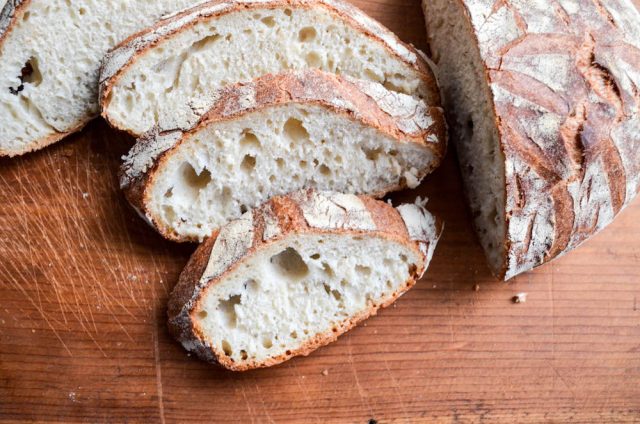
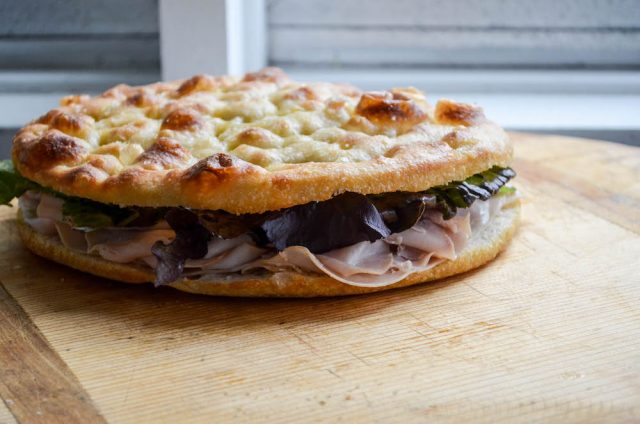
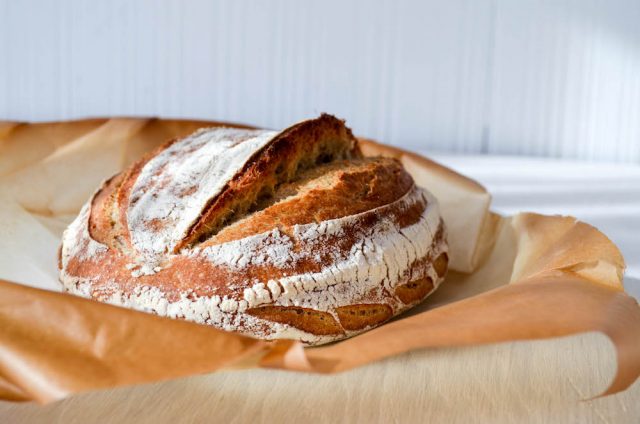
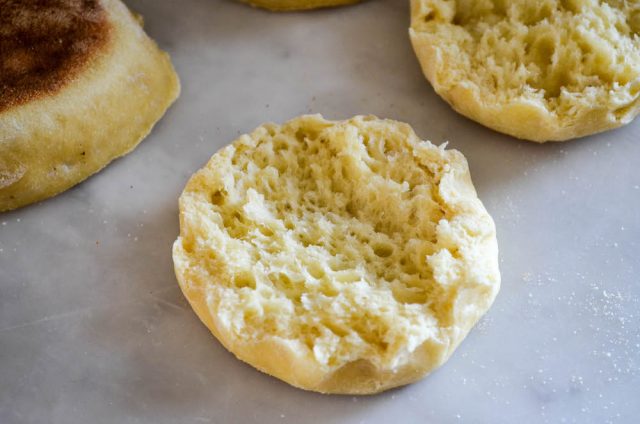
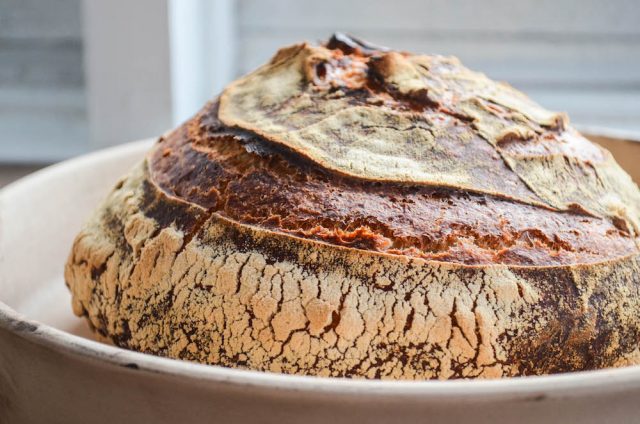
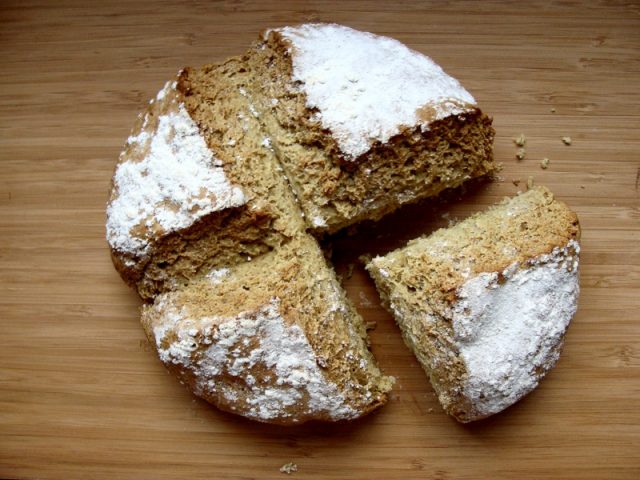
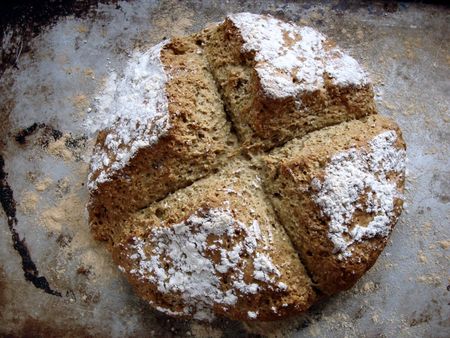
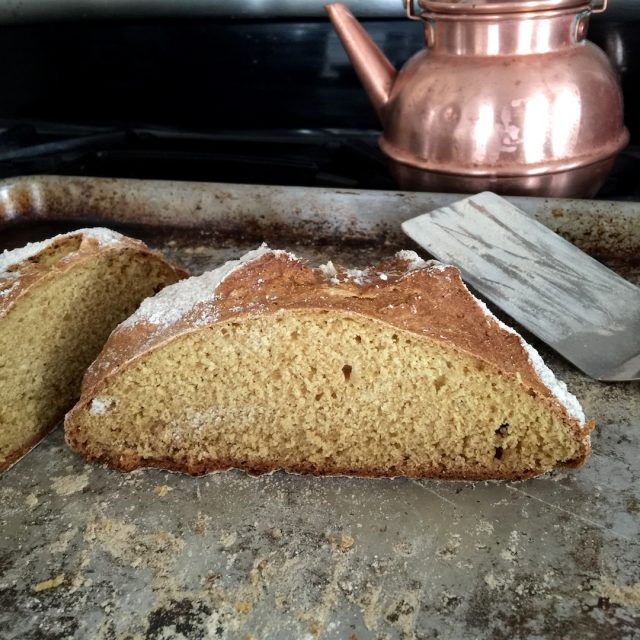
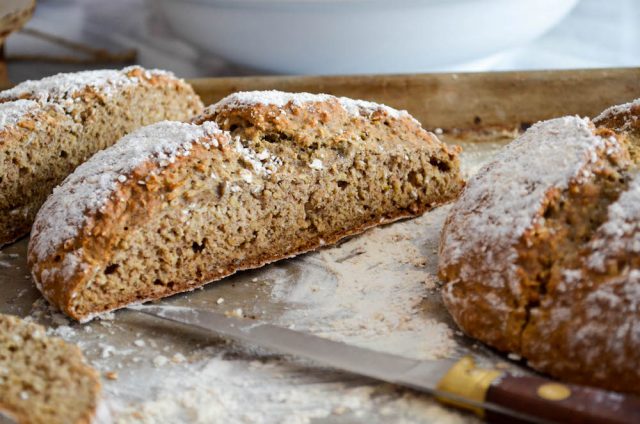
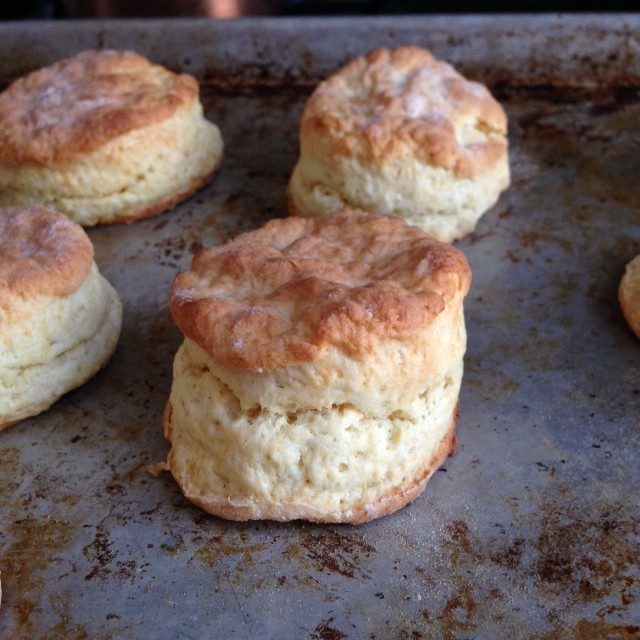
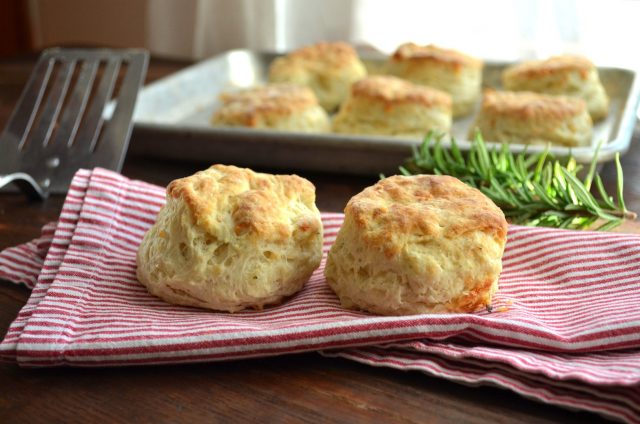
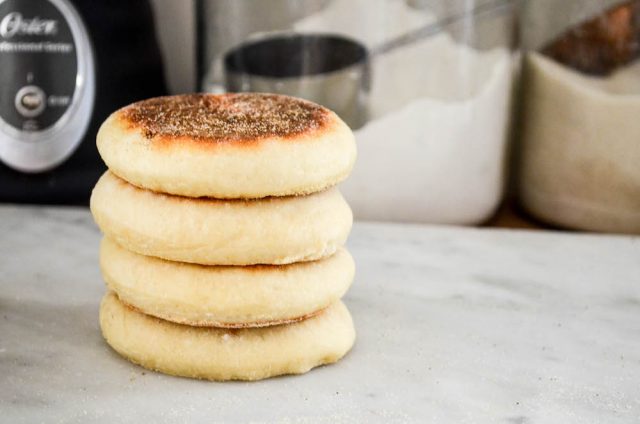
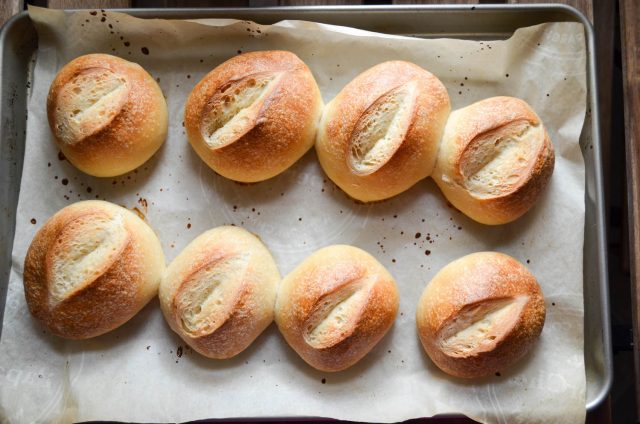
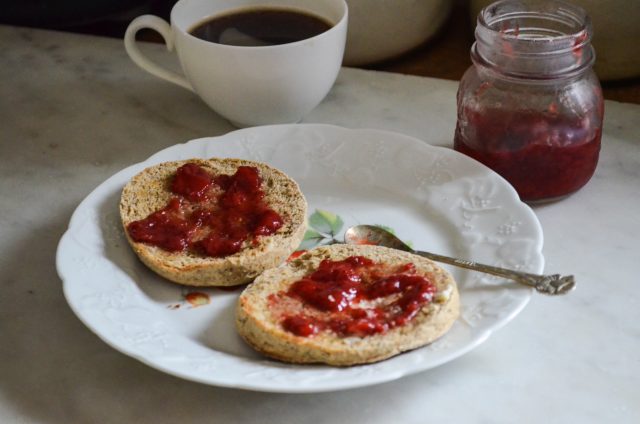
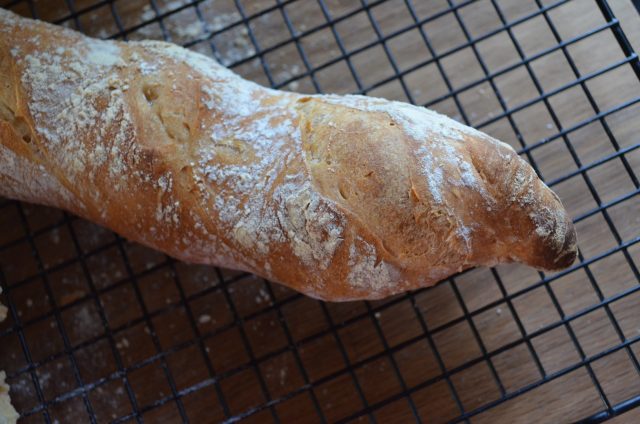
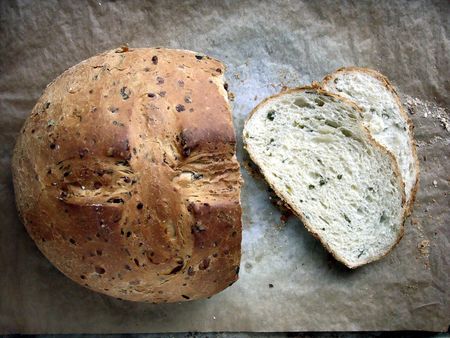
Margie
I’ve always struggled to get those beautiful crusts on my homemade bread. But being homebound these Covid19 days, I’ll give it another try!
Gabrielle
Perfect timing, thank you Jennie. I am mixing a double batch of your sourdough boule right now–one for us and one for the neighbors.
In other baking quandaries:
Any thoughts on substitutes for baking powder? It’s sold out here and I can’t believe I didn’t have a spare, I go through so much I usually have extra…
SueV
That’s some fine looking bread, I am not as well stocked on flour as I usually am but if I don’t have at least 20lbs I don’t think I have enough, all I want to do is bake a loaf of bread after seeing this great article. Thank you for another helpful and mind distracting article, you take care of yourself and those great girls you talk so proudly of, trying times for all.